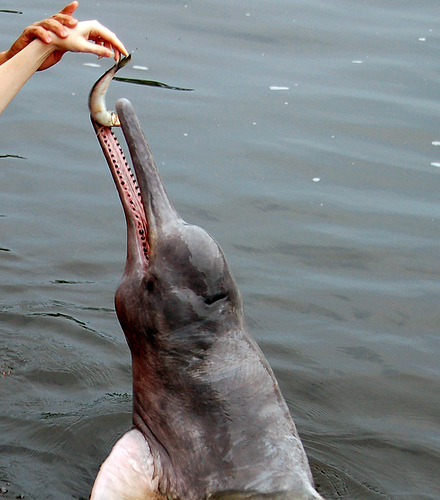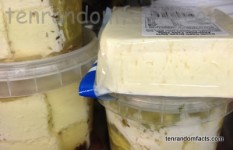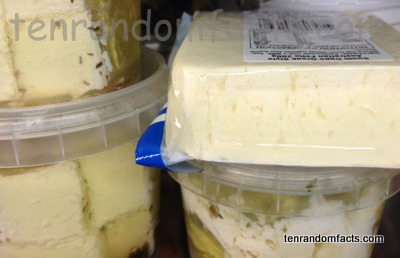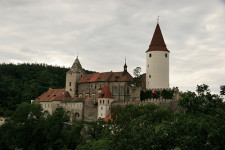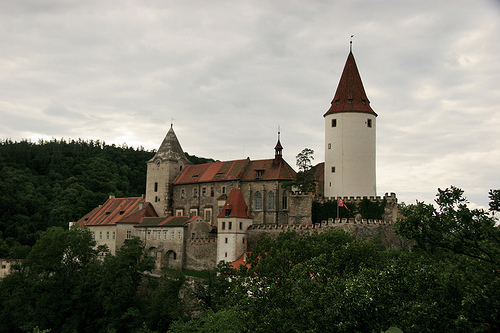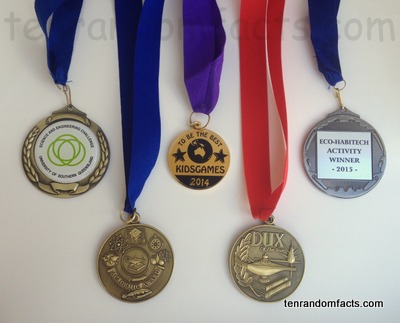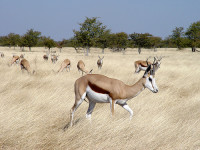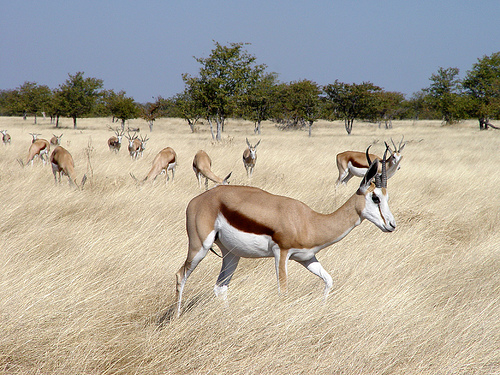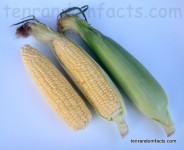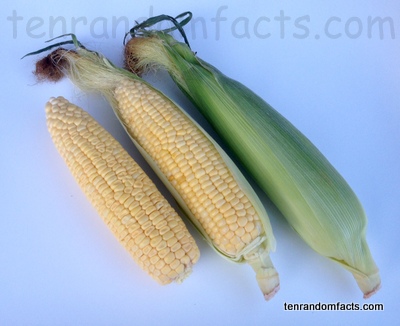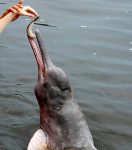
Amazon River dolphins keep hidden but manage to keep curious at the same time.
- Amazon River dolphins are a species of dolphin that thrives in the fresh waters of the Amazon River basin, Orinoco River basin and parts of the Madeira River basin, in South America.
- ‘Amazon River dolphins’ are also known as ‘boto dolphins’, ’boutu dolphins’, ‘bufeo dolphins’ and ‘pink river dolphins’.
- The scientific name of the Amazon River dolphin is Inia geoffrensis and it is from the family Iniidae, a river dolphin family, and it is one of the few species in the family that is still in existence.
- Amazon River dolphins generally grow to 2 to 2.8 metres (6.5 to 9.2 feet) in length and weigh between 72 to 161 kilograms (160 to 355 pounds).
- Originally born a grey colour, the Amazon River dolphin’s skin becomes tinted with pink as it ages.
Amazon River Dolphin
Image courtesy of Zemlinki!/Flickr
- The diet of Amazon River dolphins consists primarily of fish such as piranhas, croakers and tetras, as well as crabs and turtles.
- Amazon River dolphins are threatened by habitat destruction and human fishing for food and bait, although there is insufficient data for an official conservation rating.
- It is common for Amazon River dolphins to live with up to four other dolphins of the same species.
- Amazon River dolphins are considered quite intelligent, as well as very curious, and they are able to turn their head from side to side.
- Native folklore often describes the Amazon River dolphin as a mysterious animal, and those who kill or look at one in the eye, are said to be somewhat doomed.
Bibliography:
Amazon/Pink River Dolphin, 2015, WWF, http://wwf.panda.org/what_we_do/endangered_species/cetaceans/about/river_dolphins/pink_river_dolphin/
Amazon River Dolphin, 2015, Wikipedia, https://en.wikipedia.org/wiki/Amazon_river_dolphin
Pink Amazon River Dolphin, 2014, Dolphins-World, http://www.dolphins-world.com/pink-amazon-river-dolphin/





